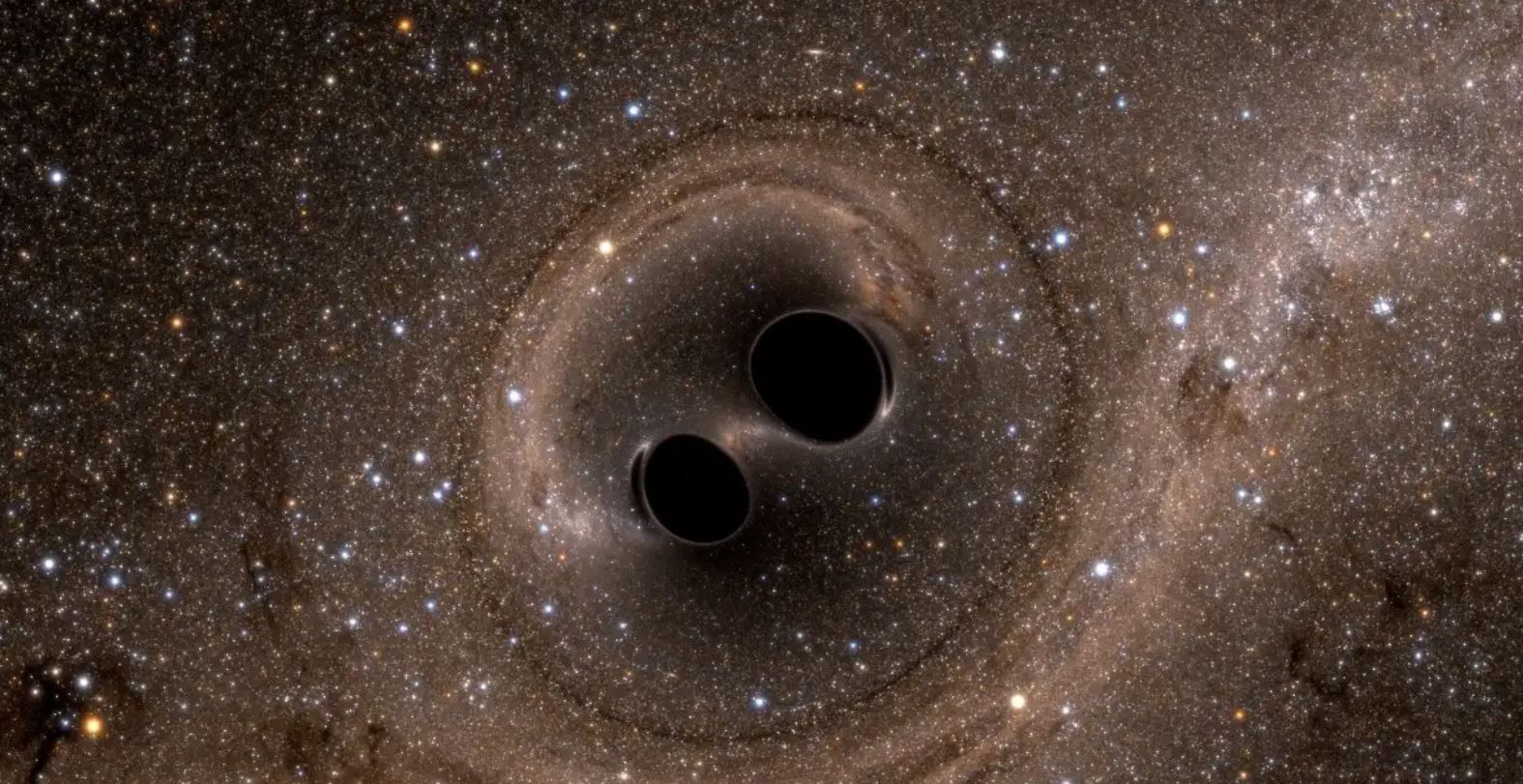 If you’ve ever wondered how we piece together the secrets of the cosmos, professor Breese Quinn at the University of Mississippi offers clear, engaging insights into multimessenger astrophysics. He explains how tiny muons help us probe the intricate fabric of spacetime using data from cosmic messengers like electromagnetic waves, neutrinos, and gravitational waves.
If you’ve ever wondered how we piece together the secrets of the cosmos, professor Breese Quinn at the University of Mississippi offers clear, engaging insights into multimessenger astrophysics. He explains how tiny muons help us probe the intricate fabric of spacetime using data from cosmic messengers like electromagnetic waves, neutrinos, and gravitational waves.
Our journey began over a century ago when Victor Francis Hess’s balloon experiments first revealed cosmic rays. Since then, light has been our main guide—until the 2015 breakthrough when the LIGO and Virgo collaborations detected gravitational waves. The neutron star collision event GW170817, observed across the electromagnetic spectrum, further broadened our understanding.
Today, multimessenger astrophysics not only decodes signals from distant cosmic events but also examines the fundamental structure of spacetime itself. It’s a bit like a modern Lewis and Clark expedition, where every well-recorded detail helps build a fuller picture of the universe.
Although muons live for only 2.2 microseconds, they are far from insignificant. In experiments like the Muon g‑2 at Fermilab, these particles take centre stage as researchers test key symmetries such as Charge-Parity-Time (CPT) reversal and Lorentz invariance—searching for clues that could point to physics beyond the Standard Model.
The Muon g‑2 experiment, running from 2018 to 2023, aims to measure the muon’s anomalous magnetic moment with unmatched precision. Results from 2021 sparked global interest by hinting at new physics, and the ongoing research promises to deepen our understanding of the universe’s underlying principles.
One of the most intriguing possibilities is that muons could help us detect dark matter, the elusive substance that makes up about 85% of the universe’s mass. Some theories suggest dark matter is so light that it forms a wave-like field, subtly interacting with particles like muons. By analysing data from the Muon g‑2 experiment, scientists are on the lookout for oscillations that might reveal these ultralight dark matter signals.
Mississippi plays a vital role in this research. At the University of Mississippi Center for Multimessenger Astrophysics (UMCMA), researchers explore everything from electromagnetic signals from blazars to detailed gravitational wave modelling from binary systems. Their direct involvement with the Fermilab Muon g‑2 experiment uniquely positions the state to explore both CPT symmetry and dark matter phenomena.
If you’ve ever wrestled with the complexity of the cosmos or looked for hands-on research opportunities, these efforts in Mississippi offer an accessible, compelling glimpse into the universe’s hidden layers and invite you to join in the journey of discovery.








